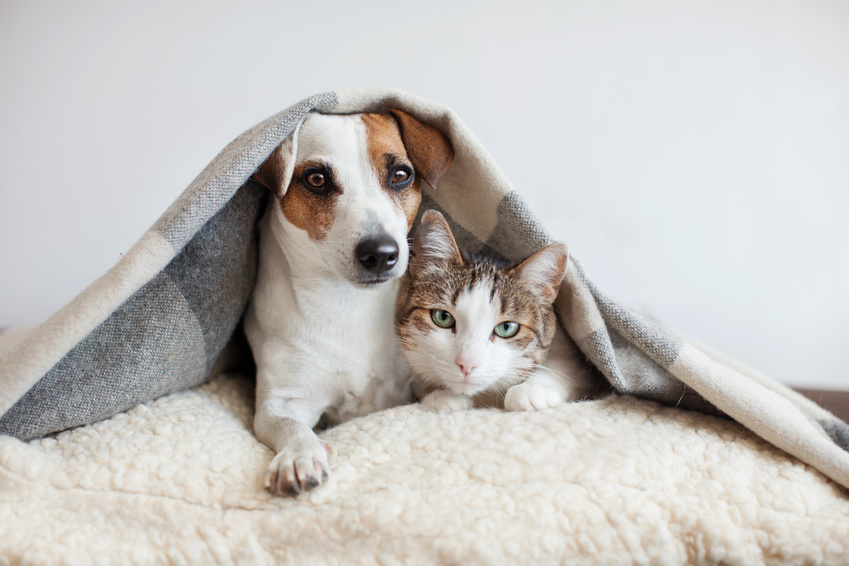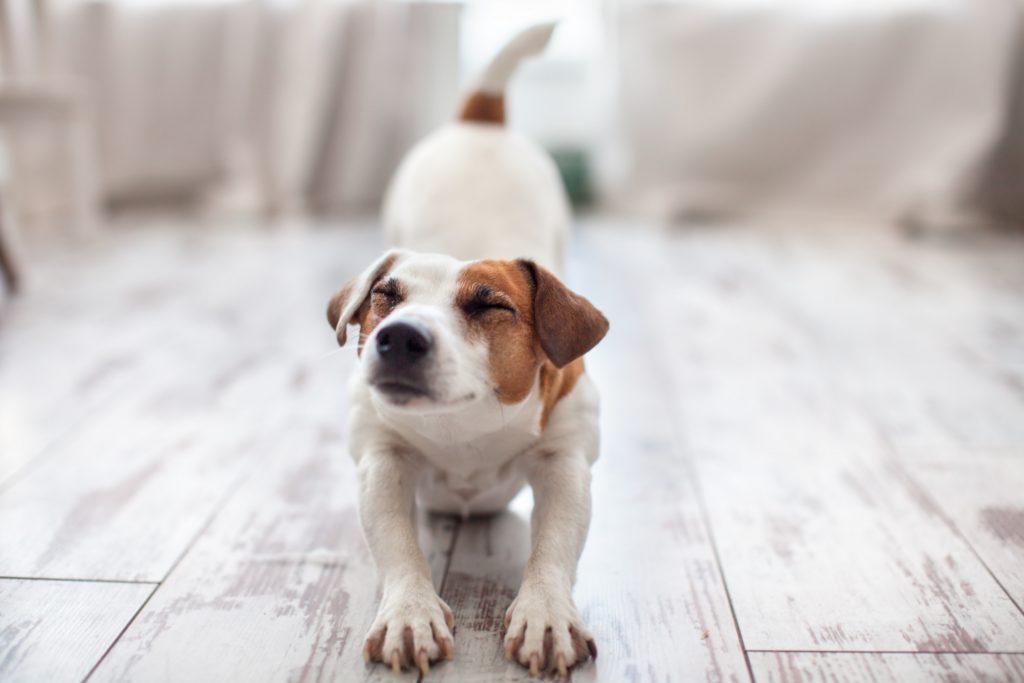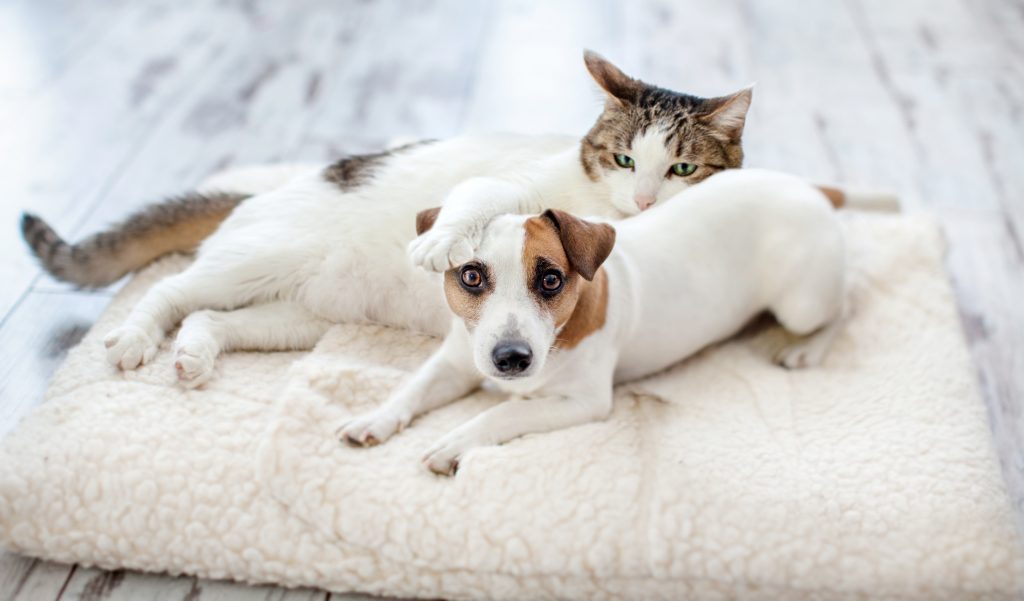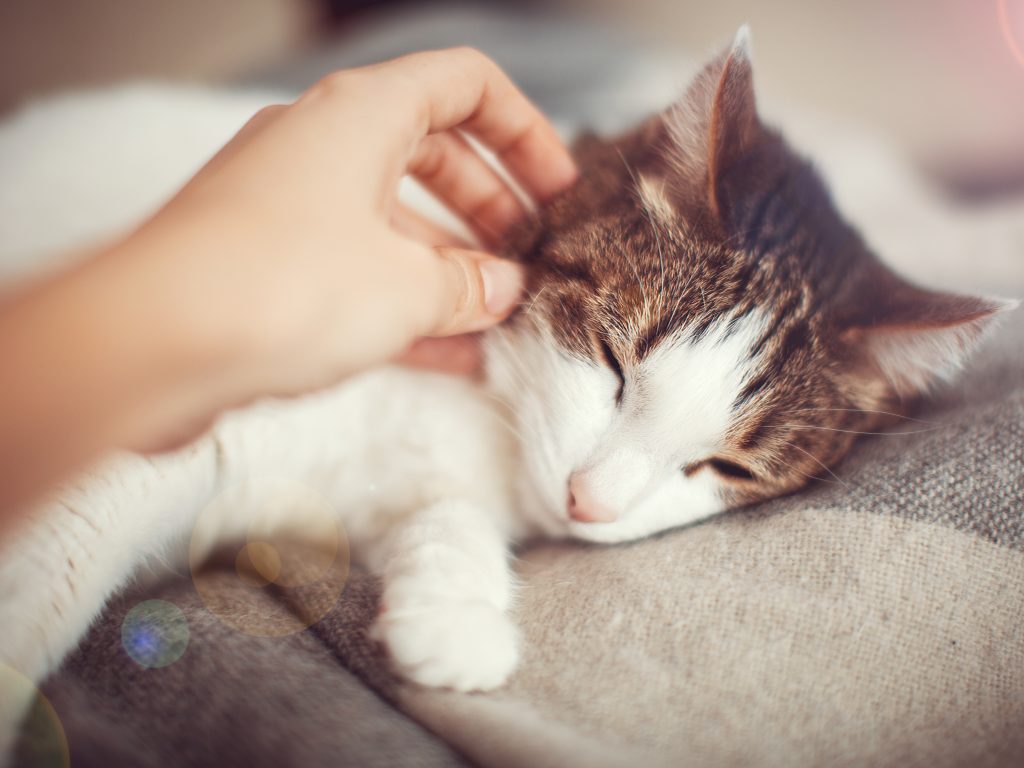Roughly 68% of U.S. households — 85 million families — own a pet. Dogs are clearly one of the most popular pet options, as America recently celebrated National Puppy Day.

Though these furry friends can provide a lifetime of companionship and fun, they can be quite expensive. Cats are extremely popular, too, and might seem like they care for themselves, but you’ll still have to shell out plenty of weekly, monthly, and yearly expenses.
Data from 2016 shows that household income has grown by 28% in the past 13 years, but the cost of living has gone up 30% in that time period — and cost of living for pets is nothing to shake your paw at.

Whether you have a brand-new puppy or kitten, are adopting a rescue, or are caring for your family pet on your own, you have to get your finances in order because it’s not going to be cheap. According to Money Under 30, the first-year cost of pet ownership will likely exceed $1,000. Here are some one-time pet expenses that you’ll need to plan for in your budget:
- Spaying or Neutering — Dog: $200. Cats: $145.
- Initial Medical Exam — Dog: $70. Cat: $130.
- Collar or Leash — Dog: $30. Cat: $10.
- Crate — Dog: $95 (depending on the size of the crate).
- Carrying Crate — Dog: $60. Cat: $40.
- Training — Dog: $110.
- Litter Box — Cat: $25.
- Scratching Post — Cat: $30.

Additionally, there are plenty of annual expenses that you’ll need to shell out yearly — or more frequently — in order to effectively care for your pet:
- Annual Medical Exams — Dog: $235. Cat: $130.
- Food — Dog: $120. Cat: $145.
- Toys and Treats — Dog: $55. Cat: $25.
- Pet Health Insurance — Dog: $225. Cat: $175.
- License — Dog: $15.
- Litter — Cat: $200.
- Miscellaneous — Dog: $225. Cat: $175.
Every situation is different and some pets will end up costing a lot more. For instance, vets suggest twice-yearly checkups for older pets and your pet could need specialty crates, beds, and other medications that will surely end up costing more. In order to avoid shelling out a significant amount of money each year, you need to plan effectively early on.
Here are a few things you can do to ensure that you’re saving some money while not jeopardizing your pet’s care:

Figure out your budget and set aside between $1,000 and $2,000
You need to really sit down and plan for all the upcoming pet expenses that you’ll have to save for. Breakdown annual expenses, as well as monthly, weekly, and daily purchases so you can fully understand what you’re getting yourself into. Additionally, you should have some money saved up for any kind of pet-related emergency.
Find nutritious but affordable food
The most consistent expense you’ll have for your pet is food. Vet bills will ebb and flow, but you need to regularly purchase food for your pet. Nutrition is very important, but if you’re not careful you’ll end up ruining your budget. Do some research online and find some affordable and nutritious food options for your four-legged friend!

Stop buying fancy toys
You’re going to want to treat your pet like he or she is special — and they most certainly are. But you don’t need to spend a fortune on fancy toys and play areas to show your love and affection.
Your dogs will have a blast with a disposable water bottle or a few cardboard boxes. Your cats will enjoy sitting down and reading a nice novel. You don’t need to do too much.
You’re going to do everything you can to care for your pets — but try to do so in the most affordable way possible. Good luck and enjoy every moment you have with your dog, cat, or lovely pet!

Leave a Reply